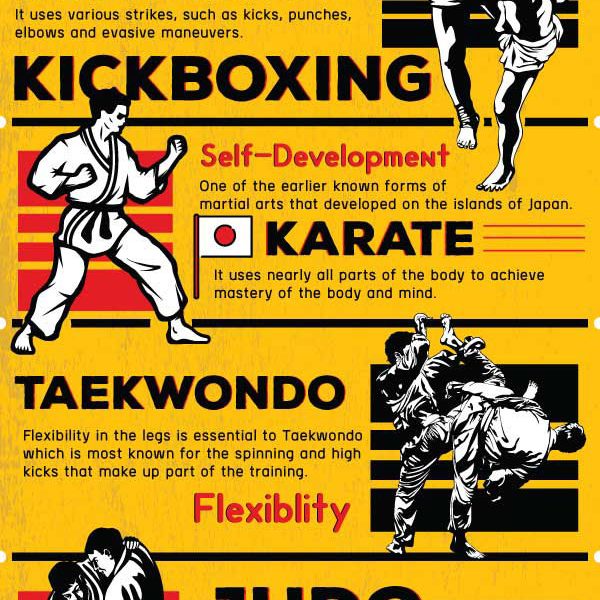In What Methods Do Standard Martial Arts Prioritize Self-Control Compared To The Competitive Nature Of Contemporary Fight Sports? Uncover The Basic Differences That Can Influence Your Trip
In What Methods Do Standard Martial Arts Prioritize Self-Control Compared To The Competitive Nature Of Contemporary Fight Sports? Uncover The Basic Differences That Can Influence Your Trip
Blog Article
Material Produce By-Bright Haagensen
When you consider martial arts, do you lean a lot more towards the traditional practices or the modern fight sporting activities? Each path supplies special advantages and experiences, formed by their approaches and training approaches. Typical martial arts emphasize individual growth and technique, while contemporary combat sports concentrate on competition and performance. Understanding these distinctions can assist you in choosing the appropriate technique for your journey. But exactly how do these distinctions materialize in training and philosophy?
The Philosophy and Background Behind Conventional Martial arts
While many individuals connect martial arts with physical battle, the viewpoint and background behind traditional martial arts run much deeper. You'll discover that these techniques stress personal growth, discipline, and respect.
Stemming from ancient practices, typical martial arts were usually created for Self-Defense and spiritual advancement. They personify concepts such as balance, consistency, and self-constraint, guiding professionals past simple combating skills.
As you educate, you'll not just find out methods but additionally get insights into the society and worths that formed these arts. The rituals and customs, usually passed down with generations, foster a sense of community and belonging.
The Competitive Nature of Modern Combat Sports
Modern combat sports have transformed the landscape of martial arts into an extremely competitive field, where athletes challenge in a test of skill, approach, and endurance.
You'll notice that competitors are usually arranged with stringent policies and laws, guaranteeing fair play and safety. These occasions attract large target markets, fueling the exhilaration and strength of competitions.
Professional athletes train rigorously, not just for physical prowess yet also for psychological sturdiness, recognizing that every detail counts in the ring. https://www.latimes.com/sports/story/2022-09-10/how-has-the-popular-netflix-show-cobra-kai-impacted-karate-dojos-in-the-valley throughout competitions is palpable, as boxers press their limits to declare triumph.
Followers appreciate the athleticism and artistry included, making modern-day fight sports a thrilling spectacle that remains to develop and mesmerize lovers worldwide.
Training Techniques and Strategies: A Comparative Analysis
The competitive ambience of modern-day battle sports demands innovative training methods that differ considerably from conventional martial arts.
In contemporary training, you'll focus on specific strategies, competing, and conditioning, usually using drills that simulate genuine battle situations. You'll see an emphasis on measurable performance and constant competition to examine your abilities.
In contrast, traditional martial arts prioritize types, katas, and philosophical teachings, typically stressing technique and regard over competitors.
Training is generally much less extreme and may entail recurring technique as opposed to real-time sparring.
While both techniques build skill and health and fitness, modern battle sports provide a more vibrant and adaptable training atmosphere, preparing you for prompt obstacles in the ring or cage.
Choose the course that lines up with your objectives and rate of interests.
Conclusion
In choosing between standard martial arts and modern combat sports, it really comes down to what you value the majority of. If you're searching for individual development, technique, and a feeling of neighborhood, standard arts may be your ideal fit. However if you thrive on competitors and real-time challenges, modern combat sporting activities could be the method to go. Eventually, both courses supply one-of-a-kind benefits, so it's all about aligning your training with your individual objectives and interests.
